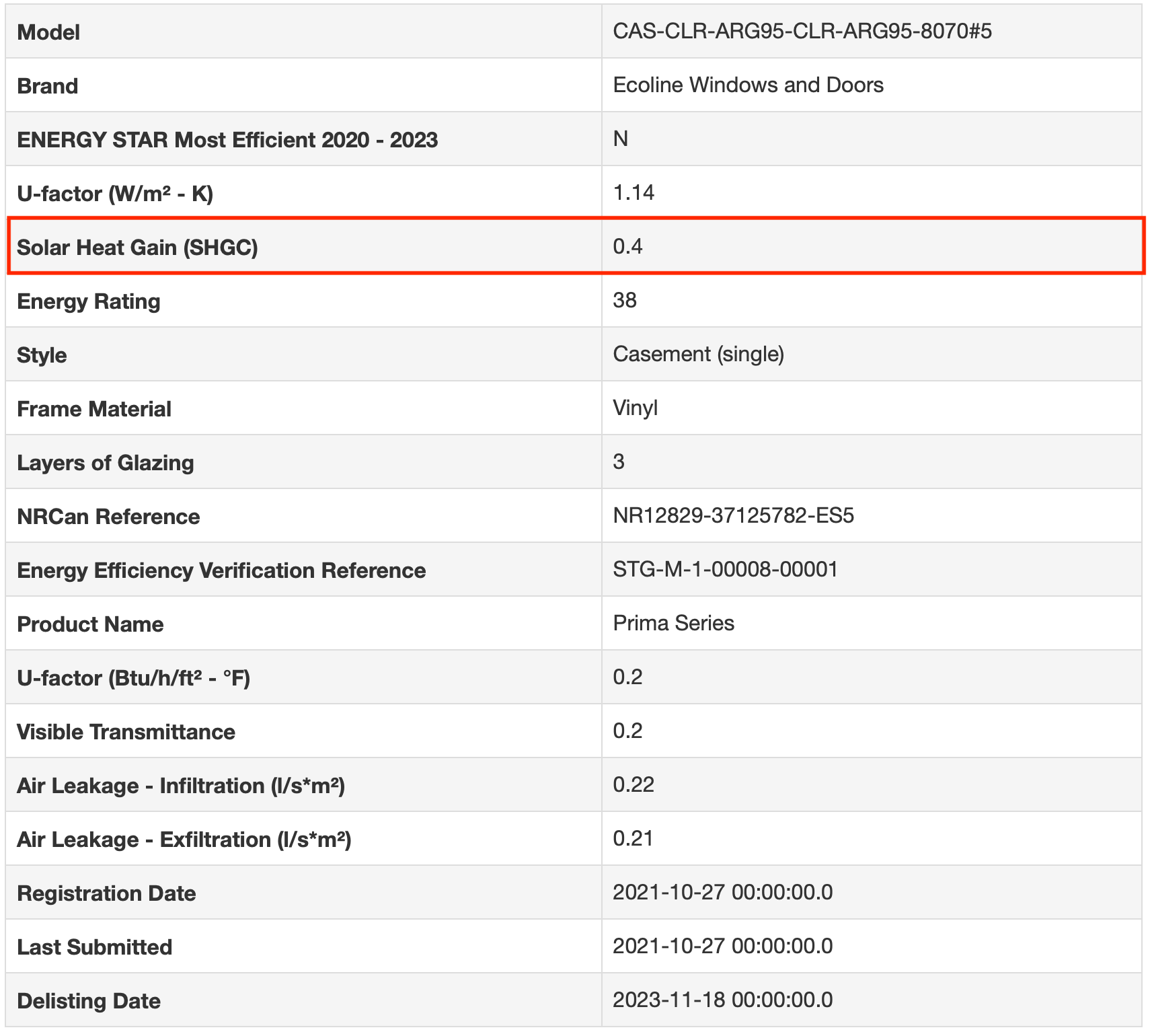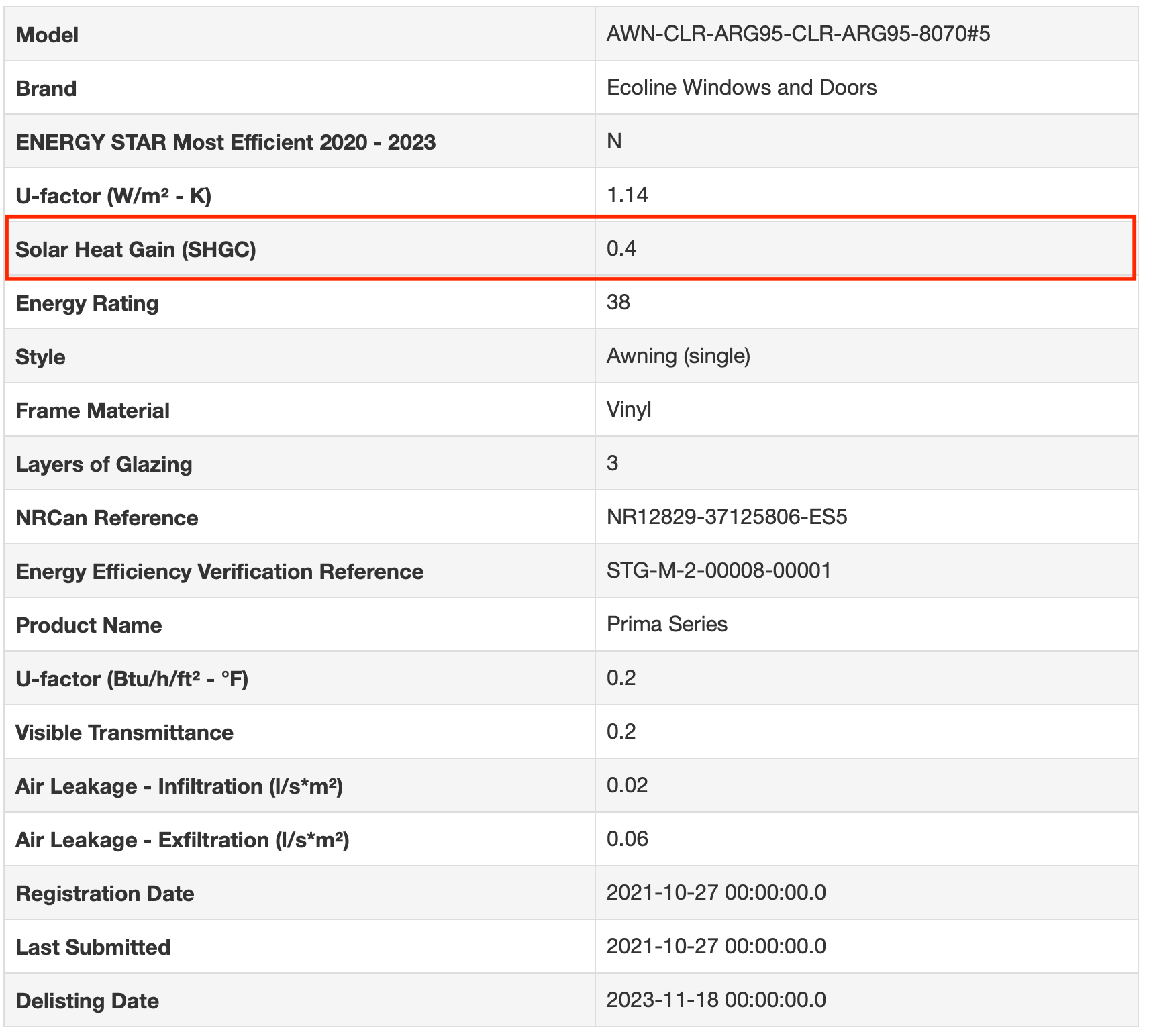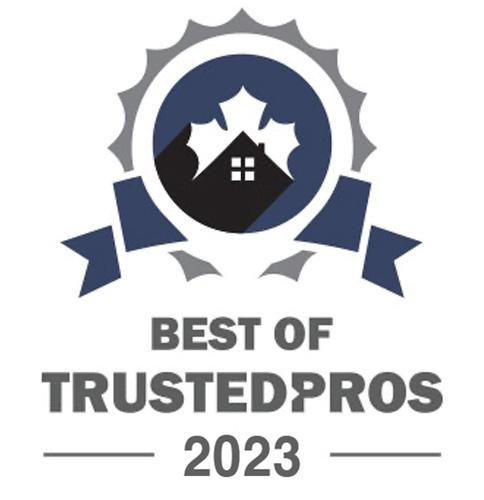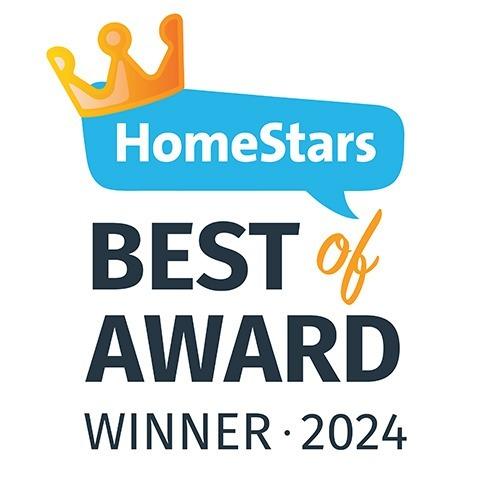The Future of Your Home: 2025 National Energy Code Changes For Replacement Windows
Built
in Canada
1. Get a FREE QUOTE and we will bring SAMPLES to your home.
2. We will call you back during WORKING DAY
3. We guarantee Direct Price and Warranty from Manufacturer
Energy efficiency is no longer a luxury but a necessity in our changing climate. It’s about reducing the amount of energy required to heat or cool our homes, leading to lower energy bills and a smaller carbon footprint. This article discusses the upcoming national energy code changes in 2025 and how they will impact your home, comfort, energy bills and the entire replacement windows industry.
Overview of the Upcoming 2025 National Energy Codes
The development of the 2025 national energy codes in Canada is underway. These new codes will significantly change the fenestration industry, affecting how windows and doors are designed, manufactured, and installed. The goal is to address the issue of overheating in high-performance homes, a pressing concern, especially after the tragic loss of around 700 lives in recent years due to extreme heat in BC.
The Changes: What’s New for Windows?
High-performance homes, known for their high insulation and airtightness, are designed to be energy-efficient. However, these features can also lead to overheating, particularly during hot seasons. One of the main culprits is high solar gain windows, which, while beneficial in cold weather, can contribute to excessive heat build-up in the summer.
The proposed changes aim to limit solar heat gain in homes, a major contributor to overheating. This involves changing the energy metrics for replacement windows, particularly the Solar Heat Gain Coefficient (SHGC) and energy ratings.
The SHGC measures how much solar radiation a window or door allows into your home. The lower the SHGC, the less solar heat it transmits and the greater its shading ability.
Having a lower SHGC rating for windows is beneficial for energy efficiency in hot climates and prevents rooms from overheating in the afternoon sun. This leads to the following:
- lower monthly utility bills
- savings on heating and cooling equipment
- better control
Interested? Сontact Ecoline!
The Solution: Changing Energy Metrics for Windows
The Standing Committee on Energy Efficiency (SC-EE) is reviewing the potential for overheating in highly energy-efficient homes. They found that the current approach, which allows high solar heat gain windows to comply on both the U-factor and Energy Rating (ER) compliance paths, does not directly address the issue by limiting high solar gain to a maximum Solar Heat Gain Coefficient (SHGC) value.
A change in the energy metrics for windows and entry doors is required to address this issue. The goal is to limit solar heat gain to prevent overheating. The National Research Council (NRC) has conducted a study titled “Climate Resilience Buildings: Guideline for management of overheating risk in residential buildings.” The study found that windows with an SHGC greater than 0.42 significantly increase the potential for overheating.
While the right ratings for your home depend on your climate and the orientation of each window, the proposed changes to the energy codes aim to limit the SHGC to 0.45 or lower for replacement or new-construction windows.
- For fenestration and door-to-wall ratio (FDWR) greater than 17% and less than or equal to 22%, the SHGC should be 0.40 or lower.
- For FDWR greater than 22%, performance calculations will be required, and the maximum SHGC would be 0.26.
According to the study, old and leaky homes have a significantly lower risk of overheating, followed by retrofitted homes, new (current) homes, and future net zero energy (NZE) homes. Windows with a low value for SHGC resulted in a lower risk of overheating.
- Green tinted double-glazed windows having low solar heat, Low-E coatings (SHGC = 0.30) was the best measure, which can reduce overheating risk by 57% compared to double clear high solar heat, Low-E windows (SHGC = 0.67), followed by double clear low solar heat, Low-E windows (SHGC = 0.42).
- Ironically, triple clear windows with high solar heat Low-e (SHGC = 0.57) resulted in a significantly higher risk of overheating, particularly in NZE homes.
What Does This Mean for Your Home?
For homeowners, these changes mean that when you replace your windows, you’ll be installing products designed to keep your home cooler in the summer. This can lead to more comfortable indoor temperatures and lower cooling costs. It also means that you’ll be contributing to the global effort to combat climate change by reducing your home’s energy consumption.
Moreover, overheating should be evaluated case-by-case, depending on project‐specific factors such as location, orientation, shading, and window-to-wall ratio. Hence, when shopping for new windows, window companies will have to provide additional guidance to assist homeowners in selecting appropriate windows (and SHGC factors) for adequate energy consumption and thermal comfort.
Ecoline’s Commitment to Our Clients & Their Houses
At Ecoline, we understand the importance of staying ahead of industry changes and ensuring that our products and services meet the highest standards. With the upcoming 2025 national energy codes, we’re not just waiting for the changes to come into effect – we’re actively preparing for them.
Our team is closely following the development of these new codes and participating in industry discussions. We’re investing in research and development to ensure our windows meet the new energy metrics, particularly the SHGC and energy ratings.
We’re also working on enhancing our product range to offer you more energy-efficient options that can help keep your home cooler in the summer. Currently, Ecoline already carries a lot of models that qualify for upcoming energy code changes, including our bestseller casement and awning windows listed among the most energy-efficient models by Energy Star.


In addition to improving our products, we’re also focusing on education. We’re training our team to understand these changes thoroughly so they can provide you with accurate information and guidance. When you come to us with questions about replacing your windows, you can trust that you’re getting expert advice based on the latest industry standards.
We believe in creating safe, comfortable homes that can withstand the challenges of our changing climate. We’re committed to helping you navigate these changes and make the best decisions for your home. As we move closer to 2025, we’ll continue to share updates on this important issue and look forward to offering products that meet the new standards.
Interested? Сontact Ecoline!
Wrapping Up
Understanding these upcoming changes is crucial for homeowners planning to replace windows. These changes are not just about complying with new regulations; they’re about improving our homes’ comfort and energy efficiency.
As we brace for a warmer future, it’s essential to adapt our homes to withstand higher temperatures. The 2025 energy code changes are a step in the right direction, offering a practical solution to the overheating issue in high-performance homes.
If you have any questions about these upcoming changes or how they might affect your window replacement plans, don’t hesitate to contact us. Our experts are here to help you navigate the upcoming changes and make the best window replacement decisions for your home.




